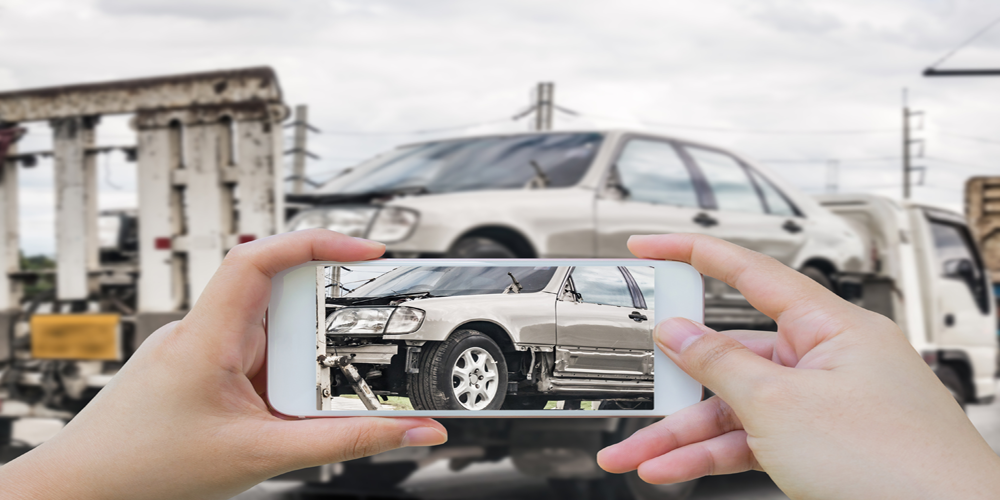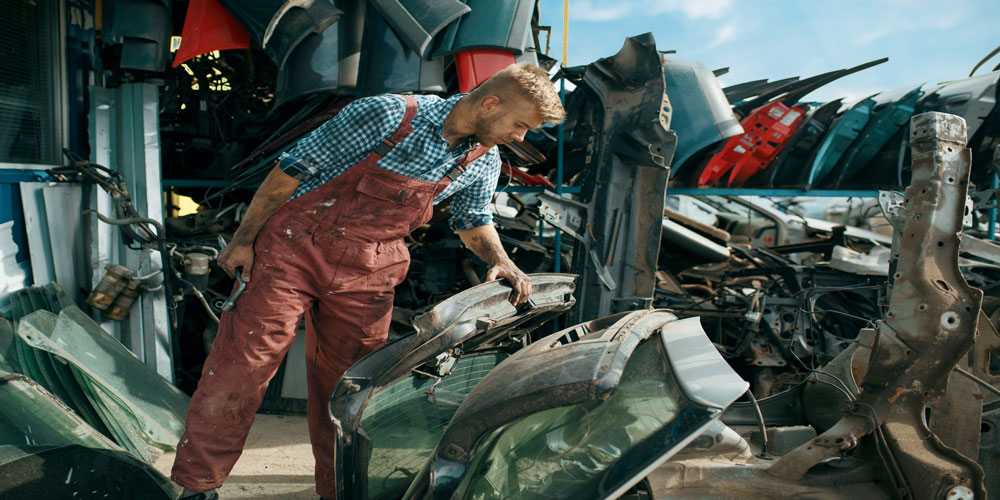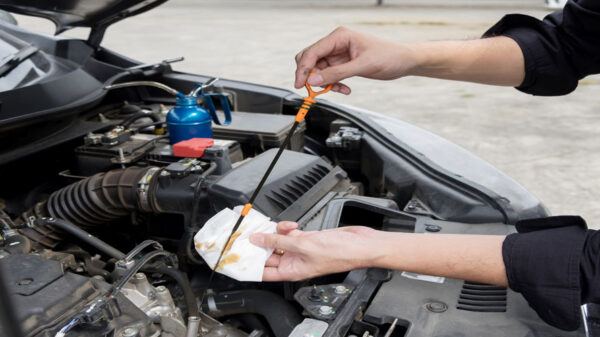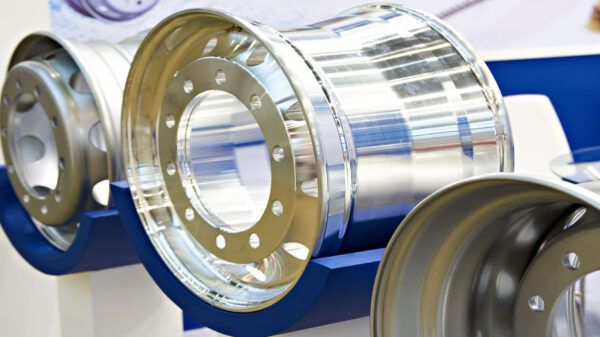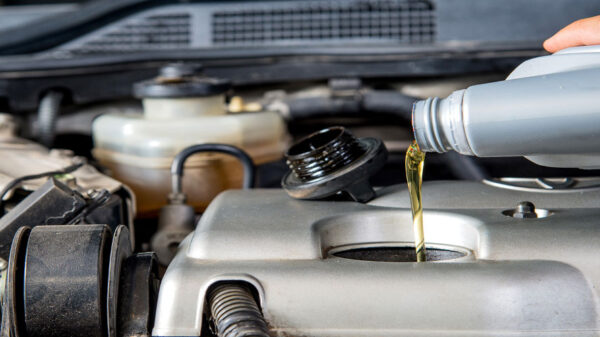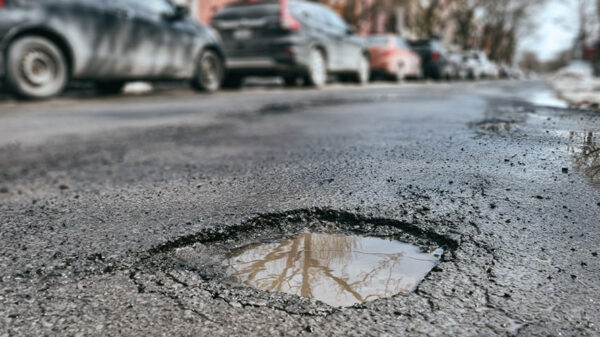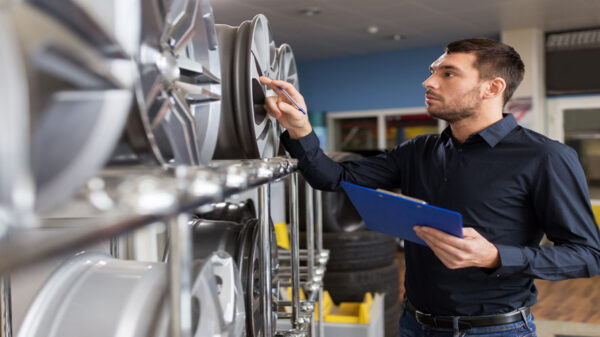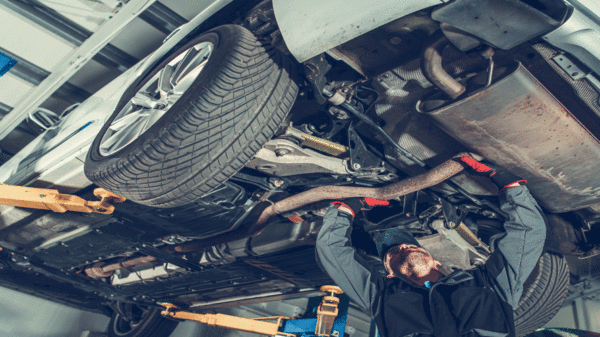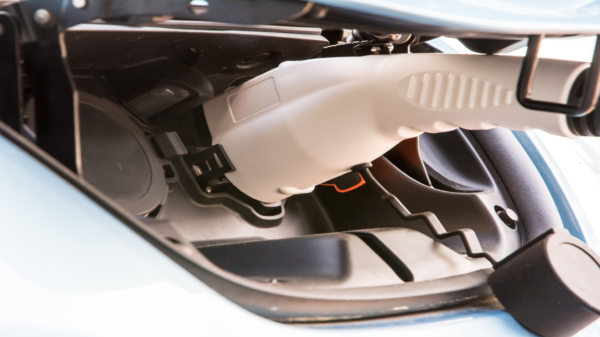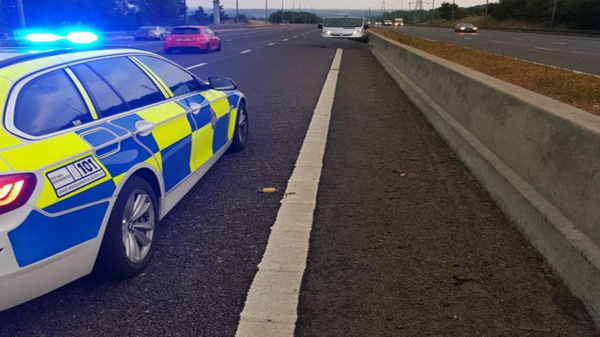Finding Quality Used Car Parts at the Local Scrap Yard
Scrap yards, often dismissed as nothing more than heaps of discarded metal, can be treasure troves for those who know how to look. In these sprawling acres of junk, lies an assortment of car parts waiting to be salvaged, refurbished, and given a second life. For the discerning eye, a local scrap yard isn’t just a graveyard of old vehicles; it’s a haven for finding quality used car parts at a fraction of the cost of new ones.
In this guide, we’ll delve into the art of scavenging for car parts in scrap yards, unlocking the potential to save money and unearth hidden gems.
Understanding the Appeal of Scrap Yards
At first glance, the chaos of a scrap yard can be overwhelming. Piles of twisted metal, rusted frames, and broken machinery stretch out as far as the eye can see. Yet, within this chaos lies order – a system of organization and categorization that separates the valuable from the worthless.
The allure of scrap yards lies in their potential. What may appear as scrap to one person is a goldmine to another. Car enthusiasts, DIY mechanics, and frugal shoppers flock to these yards in search of specific parts or simply to peruse the vast array of offerings. From engines and transmissions to body panels and electrical components, virtually every part of a vehicle can be found within the confines of a scrap yard.
Navigating the Scrap Yard Landscape
Before diving headfirst into the scrap yard, it’s essential to understand how these facilities operate. Most scrap yards are organized into sections based on the type of materials they contain. For automotive enthusiasts, the “auto salvage” or “car graveyard” section is where the real treasures lie.
Upon entering this section, take a moment to assess your surroundings. Look for signs indicating different vehicle makes and models, as well as any special areas designated for specific parts such as engines, tires, or electronics. Familiarize yourself with the layout of the yard to streamline your search process.
Finding the Right Parts
With thousands of vehicles scattered throughout the scrap yard, locating the specific part you need can feel like searching for a needle in a haystack. However, there are several strategies you can employ to increase your chances of success:
Research: Before visiting the scrap yard, research the make, model, and year of your vehicle, as well as the specific part you’re looking for. Having this information handy will help you narrow down your search and identify compatible parts more efficiently.
Bring Tools: Be prepared to do some manual labor. Bring along essential tools such as wrenches, sockets, and screwdrivers to remove parts from vehicles. Some scrap yards may provide tools for rent or purchase, but it’s always best to come prepared.
Inspect Thoroughly: Once you’ve located a vehicle that matches your needs, inspect the part carefully. Look for signs of damage, corrosion, or wear that may indicate the part is faulty or nearing the end of its lifespan. It’s also a good idea to test electrical components, such as lights or switches, before removing them from the vehicle.
Ask for Assistance: Don’t hesitate to ask the staff at the scrap yard for assistance. They can help you locate specific vehicles or parts and provide guidance on proper removal techniques. Building a rapport with the staff can also lead to insider tips and access to hidden inventory.
Quality Assurance
One concern often voiced about purchasing used car parts from scrap yards is the issue of quality. After all, how can you be sure that a salvaged part will perform as reliably as a new one? While there’s always a degree of risk involved, there are steps you can take to mitigate potential issues:
Visual Inspection: Thoroughly inspect the part for any visible damage or signs of wear. Look for rust, corrosion, or bent components that may affect performance. If possible, compare the salvaged part to a new one to gauge its condition accurately.
Test Functionality: Whenever possible, test the functionality of the part before purchasing it. For example, if you’re buying a used alternator, ask the staff to hook it up to a power source to ensure it generates the correct voltage. Similarly, test electrical components such as lights, switches, and motors to verify they’re in working order.
Check for Compatibility: Ensure that the salvaged part is compatible with your vehicle’s make, model, and year. While some parts may be interchangeable between different models, others may require specific modifications or adaptations. Consult with the staff or refer to online resources to confirm compatibility before making a purchase.
Seek Warranty Options: Some scrap yards offer limited warranties or return policies on used parts. Inquire about these options before finalizing your purchase to provide an added layer of protection against defective or faulty parts. Keep in mind that warranty coverage may vary depending on the type of part and the policies of the scrap yard.
Benefits of Buying Used Car Parts
Opting for used car parts from a scrap yard offers several advantages over purchasing new ones:
Cost Savings: Perhaps the most significant advantage of buying used car parts is the cost savings. Salvaged parts are typically sold at a fraction of the cost of new ones, allowing you to repair or maintain your vehicle without breaking the bank.
Environmental Impact: By purchasing used car parts, you’re contributing to the reduction of waste and environmental impact. Reusing existing components helps conserve natural resources and minimizes the energy and materials required to manufacture new parts.
Availability of Rare Parts: Some older or discontinued vehicle models may have limited availability of new replacement parts. Scrap yards often stock a wide range of parts for various makes and models, including rare or hard-to-find components that may be difficult to source elsewhere.
DIY Friendly: Salvaging and installing used car parts can be a rewarding DIY project for automotive enthusiasts. It allows you to learn more about your vehicle’s mechanics and gain hands-on experience with repairs and maintenance tasks.
Visiting Your Local Scrap Yard
Navigating a scrap yard may seem daunting at first, but with the right approach and mindset, it can be a rewarding experience. By following the tips outlined in this guide, you can increase your chances of finding quality used car parts at your local scrap yard while saving money and reducing your environmental footprint.
So next time you’re in need of a replacement part for your vehicle, consider taking a trip to the scrap yard – you never know what treasures you might uncover amidst the trash.


